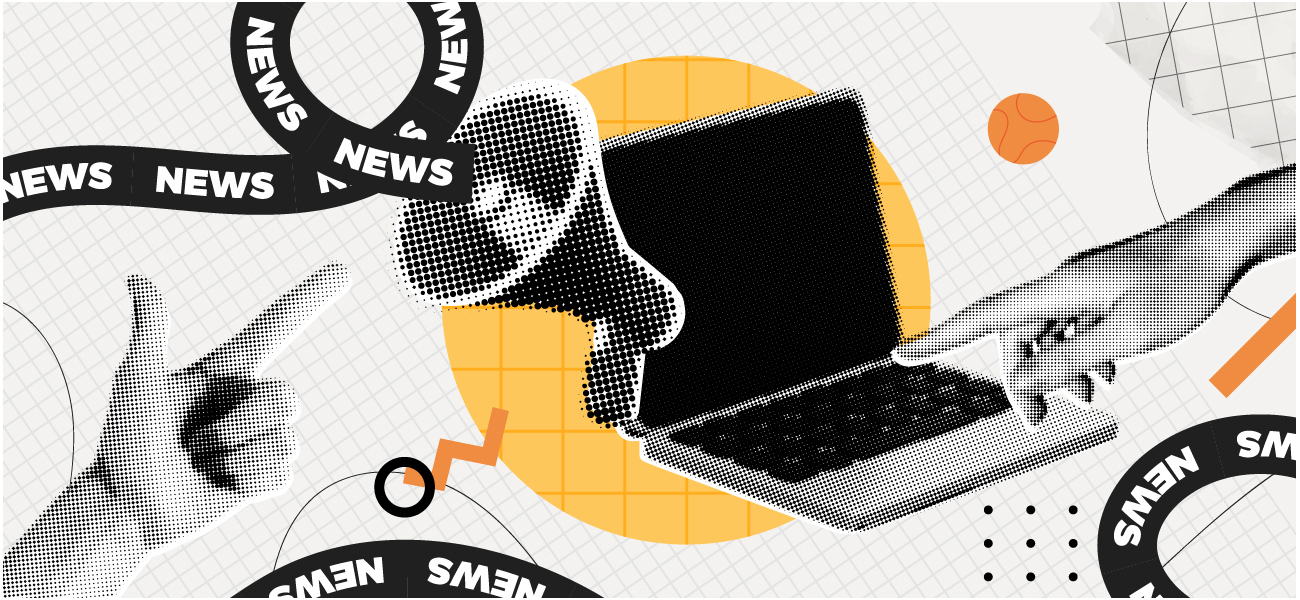
Social media has become an indispensable tool for communication, connection, and information sharing. However, this powerful platform has also become a breeding ground for the spread of misinformation and disinformation, posing significant challenges to individuals and society.
Understanding Misinformation and Disinformation
It is essential to distinguish between misinformation and disinformation:
- Misinformation refers to false or inaccurate information that is shared unintentionally. It often results from errors, misunderstandings, or a lack of fact-checking.
- Disinformation involves the deliberate creation and dissemination of false information to deceive or manipulate. It is often motivated by political, ideological, or financial goals.
The Spread of False Information
Several factors contribute to the rapid and widespread dissemination of false information on social media:
- Algorithmic Amplification: Social media platforms use algorithms to curate content, prioritizing engaging and attention-grabbing material. This can inadvertently amplify sensationalized and misleading information, leading to its rapid spread.
- Viral Sharing: Users inadvertently contribute to the spread of misinformation by sharing posts without verifying their accuracy. False information often spreads faster than accurate information, especially when it aligns with existing beliefs or biases.
- Social Bots: Automated accounts, known as social bots, can manipulate online conversations and amplify false information by creating the illusion of widespread support.
- Circular Reporting: Misinformation can be perpetuated through a cycle of reporting, where one source publishes false information, which is then repeated by other outlets without independent verification.
Impacts on Individuals and Society
The pervasive spread of misinformation and disinformation has far-reaching consequences:
- Erosion of Trust: False information undermines trust in traditional media, institutions, and even interpersonal relationships. This erosion of trust can lead to societal polarization and make it difficult to discern fact from fiction.
- Impact on Decision-Making: Individuals who rely on false information may make poor decisions that negatively impact their health, finances, and overall well-being.
- Political Manipulation: Disinformation campaigns are often used to manipulate public opinion and interfere with democratic processes. Foreign actors and domestic political groups may employ disinformation to sow discord, spread propaganda, and influence elections.
- Social Polarization: False information can exacerbate existing social divisions by reinforcing biases and creating echo chambers, where individuals are exposed only to information that confirms their pre-existing beliefs.
Data Privacy and Cybersecurity Implications
Beyond social and political consequences, misinformation and disinformation can also pose serious threats to data privacy and cybersecurity:
- Phishing and Social Engineering: False narratives and misleading content are often used to lure individuals into phishing schemes. A fake news story or viral post might include a malicious link or prompt users to share sensitive information under false pretenses.
- Exploitation of Personal Data: Disinformation campaigns frequently rely on data harvested from users—legally or illegally—to target them with tailored messages. The more data these campaigns gather, the more effective and manipulative they become.
- Disguised Cyber Threats: Malicious actors may spread disinformation to distract or confuse while launching cyberattacks. For example, during high-profile incidents like elections or health crises, false information may be used as a smokescreen for data breaches or ransomware attacks.
- Loss of Control Over Digital Identity: As misinformation spreads, so too can false narratives about individuals, institutions, or events. This erosion of factual identity online can make it difficult to maintain control over one’s digital footprint or to verify legitimate sources of information.
In today’s interconnected world, protecting privacy and cybersecurity requires not only strong technical safeguards, but also a clear-eyed awareness of how false information can be weaponized. Recognizing and countering misinformation is essential to maintaining both personal safety and societal resilience in the digital age.